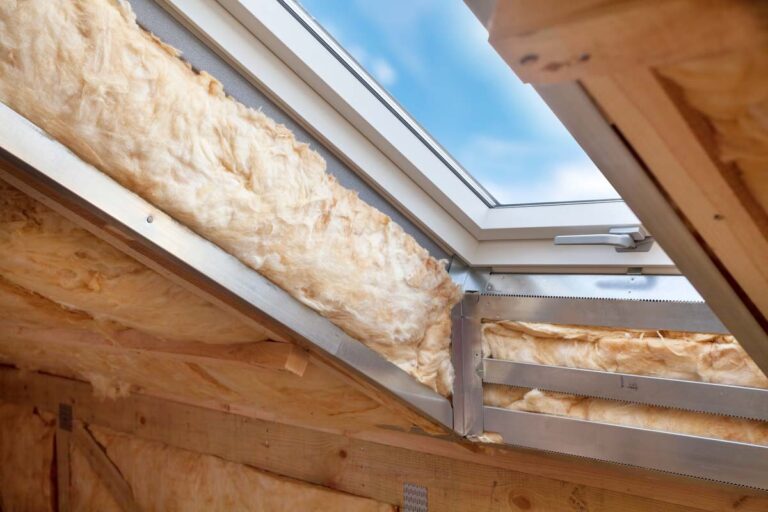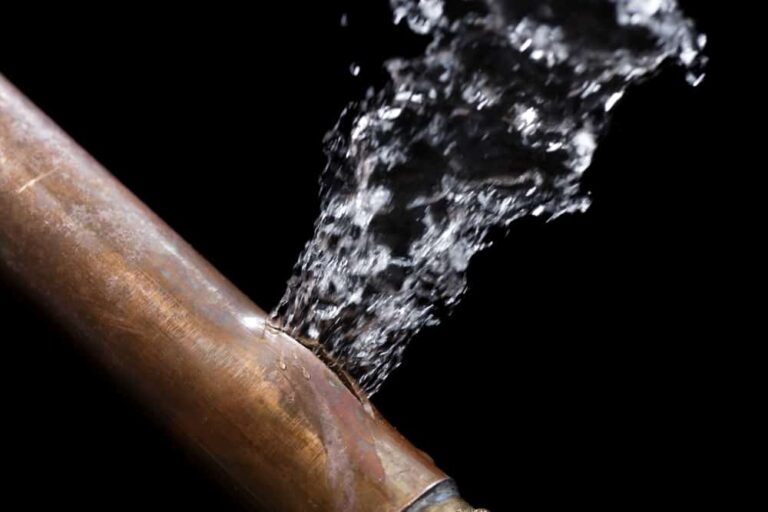Insulating your attic is crucial for maintaining a comfortable home. It sparks debate, especially when it comes to attic roof rafters. Should you insulate them? This blog post explores this topic. We’ll cover the benefits of attic insulation, different materials, and methods, including the specifics of insulating attic roof rafters. We’ll weigh the pros and cons, consider costs, and share real-life examples. Whether you’re a new homeowner or looking to upgrade, this post aims to guide you through making an informed decision about attic insulation.
Benefits of Attic Insulation
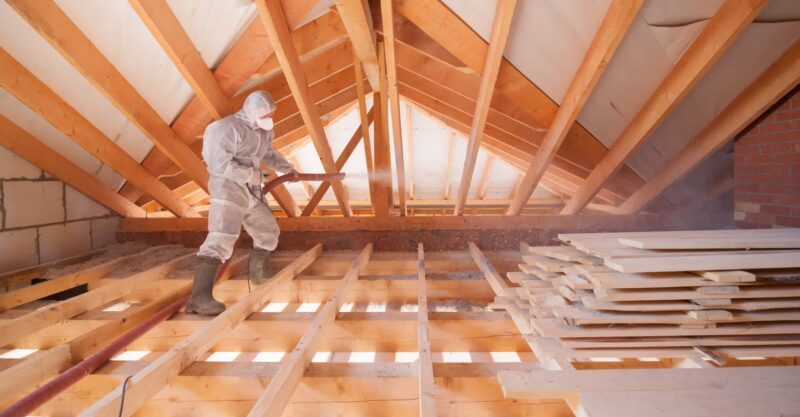
Attic insulation significantly enhances energy efficiency, leading to cost savings. It acts as a barrier, keeping your home warm in winter and cool in summer, ensuring comfort year-round. Not only does it reduce energy bills, but it also adds value to your property. A well-insulated home is more attractive to potential buyers, making it a wise investment. Whether you’re staying put or planning to sell, attic insulation pays off in comfort, savings, and value.
Types of Attic Insulation
There are several attic insulation materials, each with unique benefits and drawbacks. Fiberglass is a common, affordable choice and is easy to install, but it can irritate the skin and lungs, requiring protective gear during installation. Cellulose, made from recycled paper, is eco-friendly and has good insulation properties, but it can settle over time, potentially reducing its insulating effectiveness. Foam insulation, while offering excellent thermal resistance and the ability to fill gaps effectively, comes with a higher price tag. Choosing the right material involves considering cost, effectiveness, personal safety preferences, and environmental impact. Read More if you want to learn more about this subject and get in touch with professionals.
Traditional Attic Insulation
Insulating the attic floor is a traditional method that creates a thermal barrier at the living space ceiling. This approach is cost-effective and straightforward, keeping heat in your home and out of the unoccupied attic. It’s particularly popular due to its simplicity and effectiveness. However, in colder climates, it may not provide sufficient protection against the cold. The attic space can become very cold, potentially leading to issues such as frozen pipes or ice dams on the roof, which can cause significant damage if not addressed properly.
Insulating Attic Roof Rafters
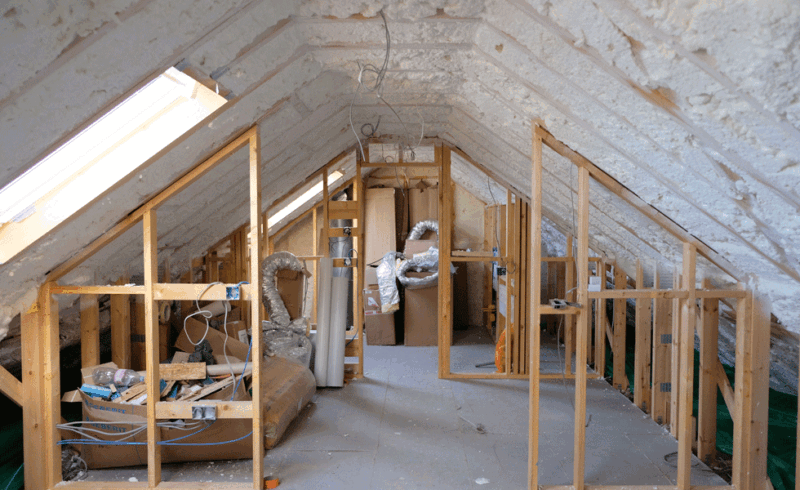
Insulating attic roof rafters is a method that differs from traditional floor insulation. It involves applying insulation directly to the underside of the roof, effectively transforming the attic into a conditioned space. This method insulates the entire volume of the attic, not just the floor, making it ideal for converting the attic into a living space or if your home has HVAC equipment in the attic. It can be particularly beneficial in homes where the attic is used as a functional part of the living space.
Pros of Insulating Roof Rafters
Insulating roof rafters brings significant benefits such as improved energy efficiency and the possibility of expanding living space. By insulating the roof directly, you minimize heat loss in winter and heat gain in summer, contributing to a more comfortable indoor environment throughout the year. This method is also particularly effective in preventing ice dams, which are a common issue in cold regions. By maintaining a more uniform roof temperature, insulating rafters helps in preventing the cycle of melting and refreezing that leads to ice dams.
Cons of Insulating Roof Rafters
Despite the benefits, insulating roof rafters can be costly and complex. The installation process is more involved than traditional methods and often requires professional expertise. It may not be suitable for all homes, particularly if the roof structure is complex or doesn’t allow for easy application of insulation. If not done correctly, this method can lead to reduced ventilation and moisture buildup in the attic, which can result in mold growth and structural damage, emphasizing the need for careful planning and execution.
Considerations Before Insulating Rafters
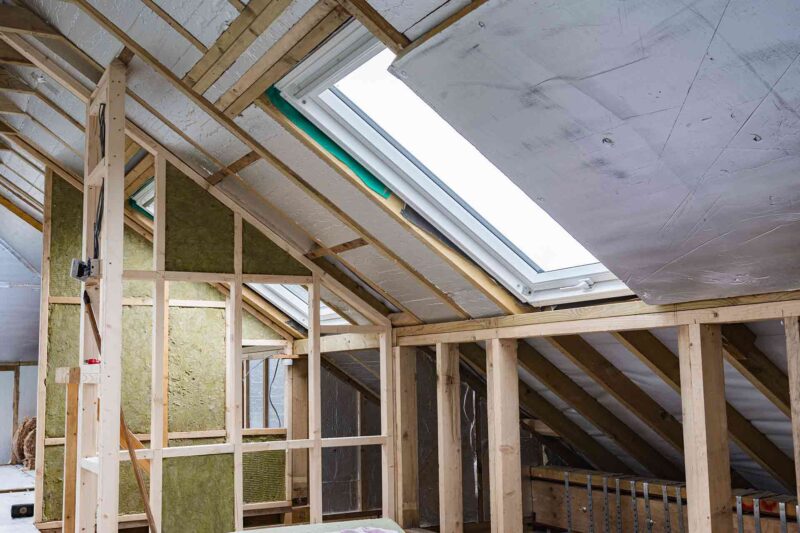
Prior to insulating rafters, it’s essential to thoroughly assess your attic’s condition. Check for any signs of pre-existing insulation issues, leaks, or structural damage. It’s crucial to ensure adequate ventilation and moisture control to prevent potential problems such as mold growth and structural compromise. Consulting a professional is highly recommended; they can offer advice tailored to your home’s specific needs and circumstances, helping to ensure that the insulation improves your home’s energy efficiency without leading to unforeseen issues.
DIY vs. Professional Installation
The choice between DIY and professional installation involves a balance between cost and expertise. DIY can be cost-effective but requires a good understanding of insulation techniques and potential risks. In contrast, professional installation, while more costly, offers greater expertise, safety, and often comes with warranties or guarantees. For complex tasks, such as insulating roof rafters, professional installation is usually the recommended route to ensure the job is performed safely and effectively, avoiding common pitfalls associated with DIY installation.
Cost Factors
The cost of insulating attic roof rafters can vary widely based on factors such as the materials chosen, labor costs, and the specifics of your home. While materials like foam offer superior insulation, they come at a higher cost. Labor costs can vary based on the complexity of the installation and the expertise of the professionals you choose to hire. Despite the initial investment, it’s important to consider the long-term benefits, including significant energy savings and increased comfort, which can make insulating your attic a wise financial decision in the long run.
Case Studies and Examples
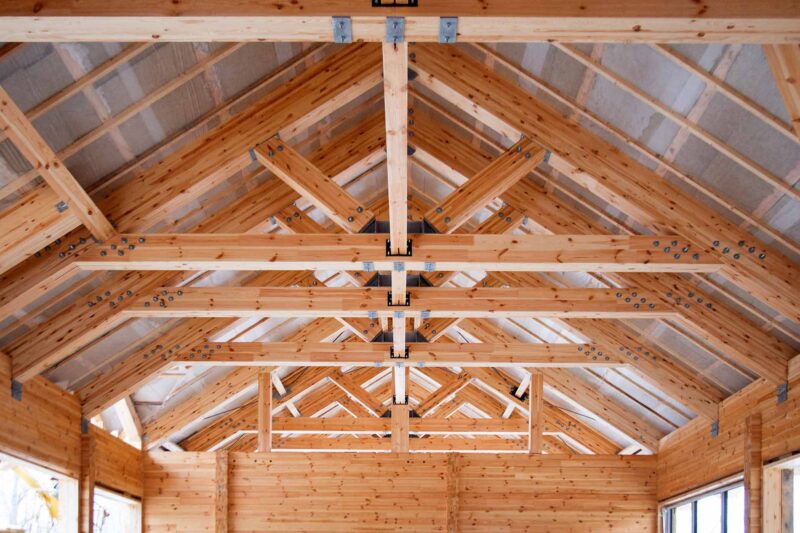
Real-life case studies demonstrate the tangible benefits of insulating roof rafters. In colder climates, homeowners have reported significant reductions in heating costs and a marked decrease in the formation of ice dams after proper insulation was installed. In warmer regions, residents have enjoyed cooler attic spaces and reduced reliance on air conditioning, leading to lower energy bills. These examples underscore the importance of proper installation and selecting the right insulation materials to suit your climate and home structure, ensuring the best possible outcomes from your insulation project.
Conclusion
Insulating attic roof rafters can offer significant benefits, from increased energy efficiency to added living space. However, it’s not a one-size-fits-all solution. Consider your home’s design, climate, and specific needs. Consult professionals to ensure proper installation and maximum benefits. With the right approach, insulating your attic roof rafters can be a wise investment, improving your home’s comfort and value.
Related Posts:
- Biggest Casino Wins Exposed: Inside the High-Stakes…
- Peloton Yoga Basics: Essential Tips for Beginner…
- 10 Essential Things to Remember When Painting by Numbers
- How to Calculate Long-Term Disability Premium: Legal…
- Social Media Management Strategies for Building a…
- How to Naturally Increase Fertility: Top Tips and Strategies

